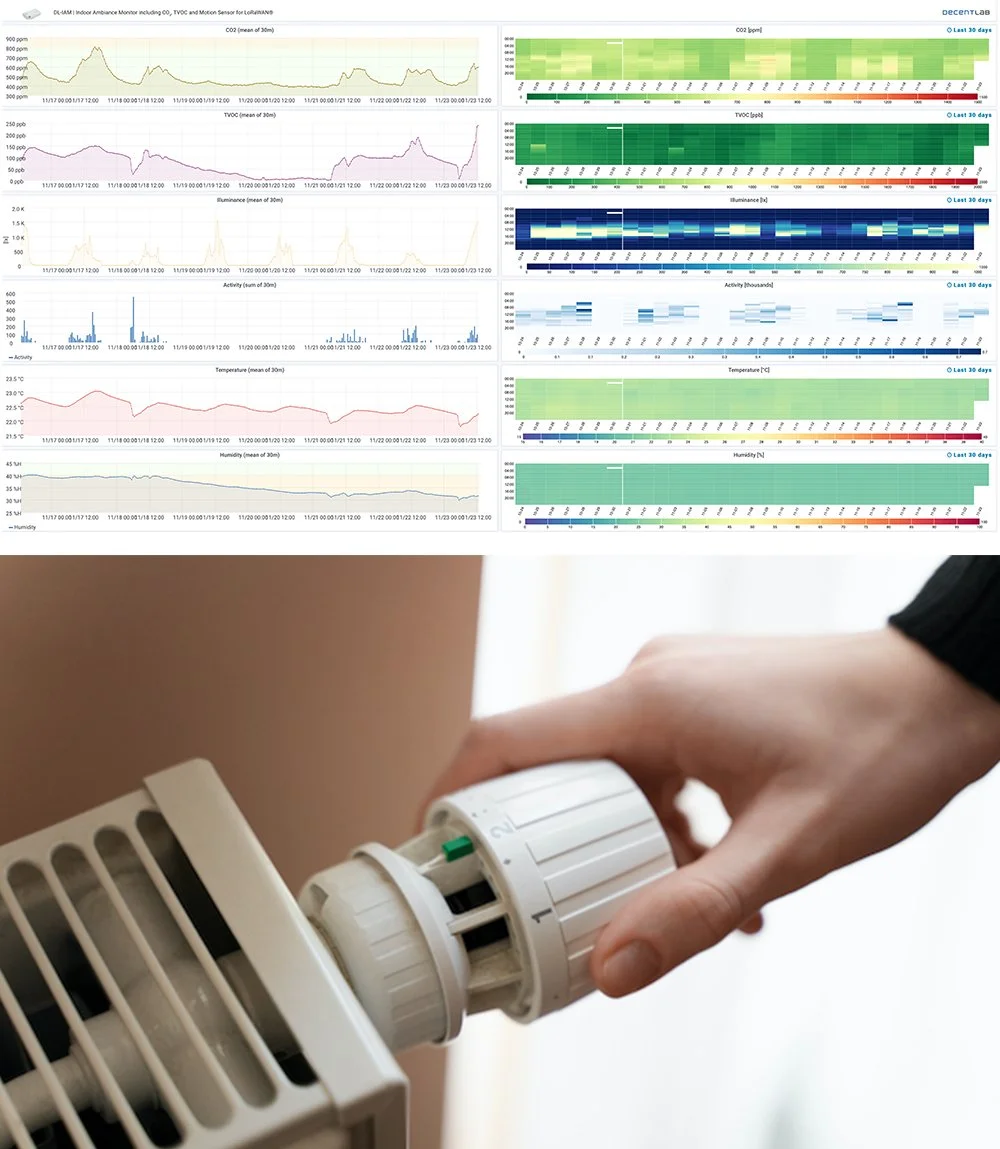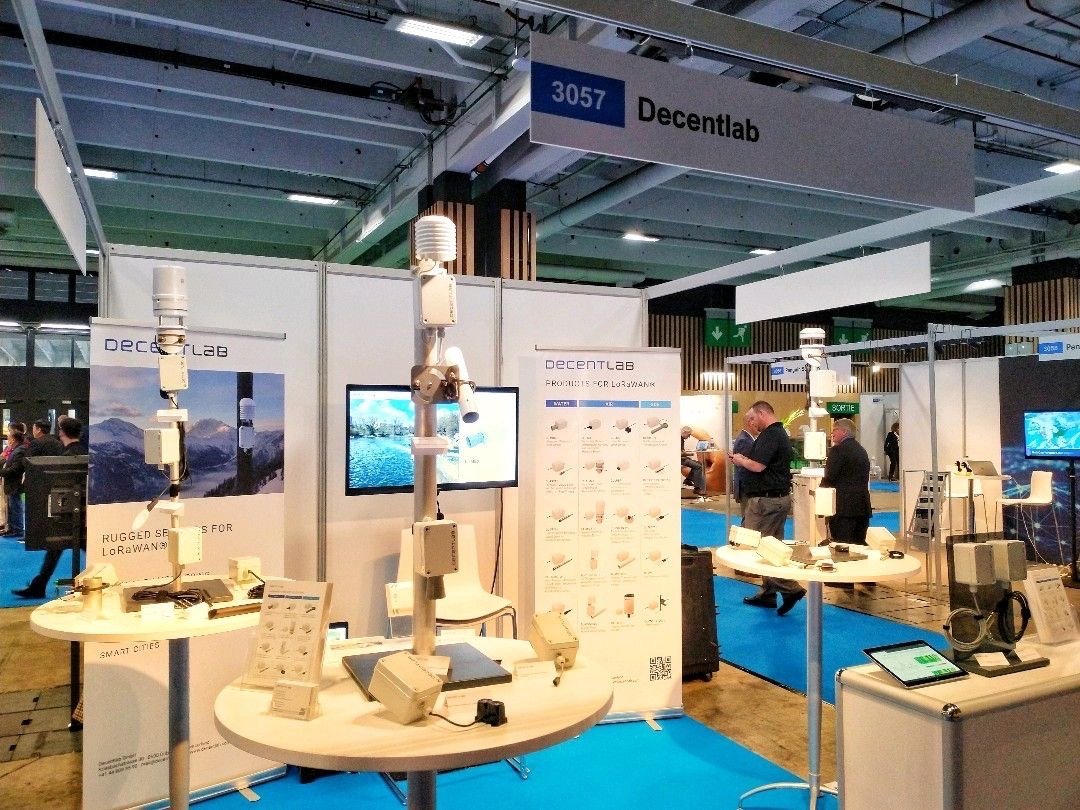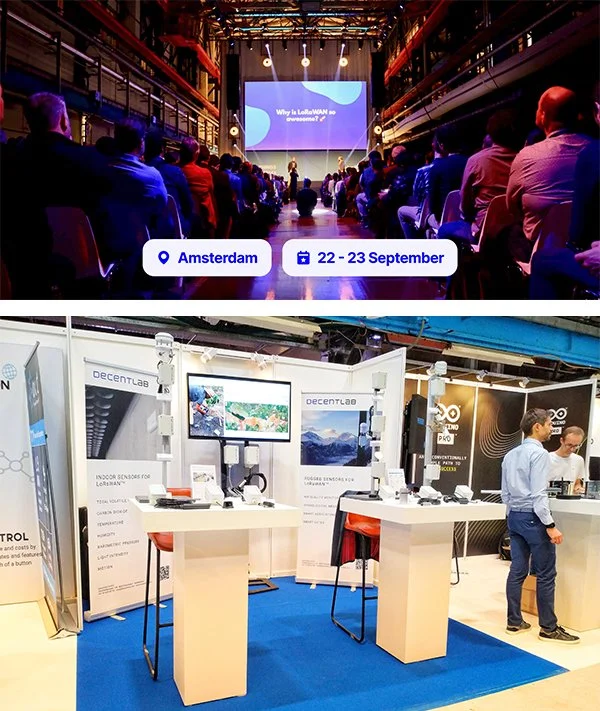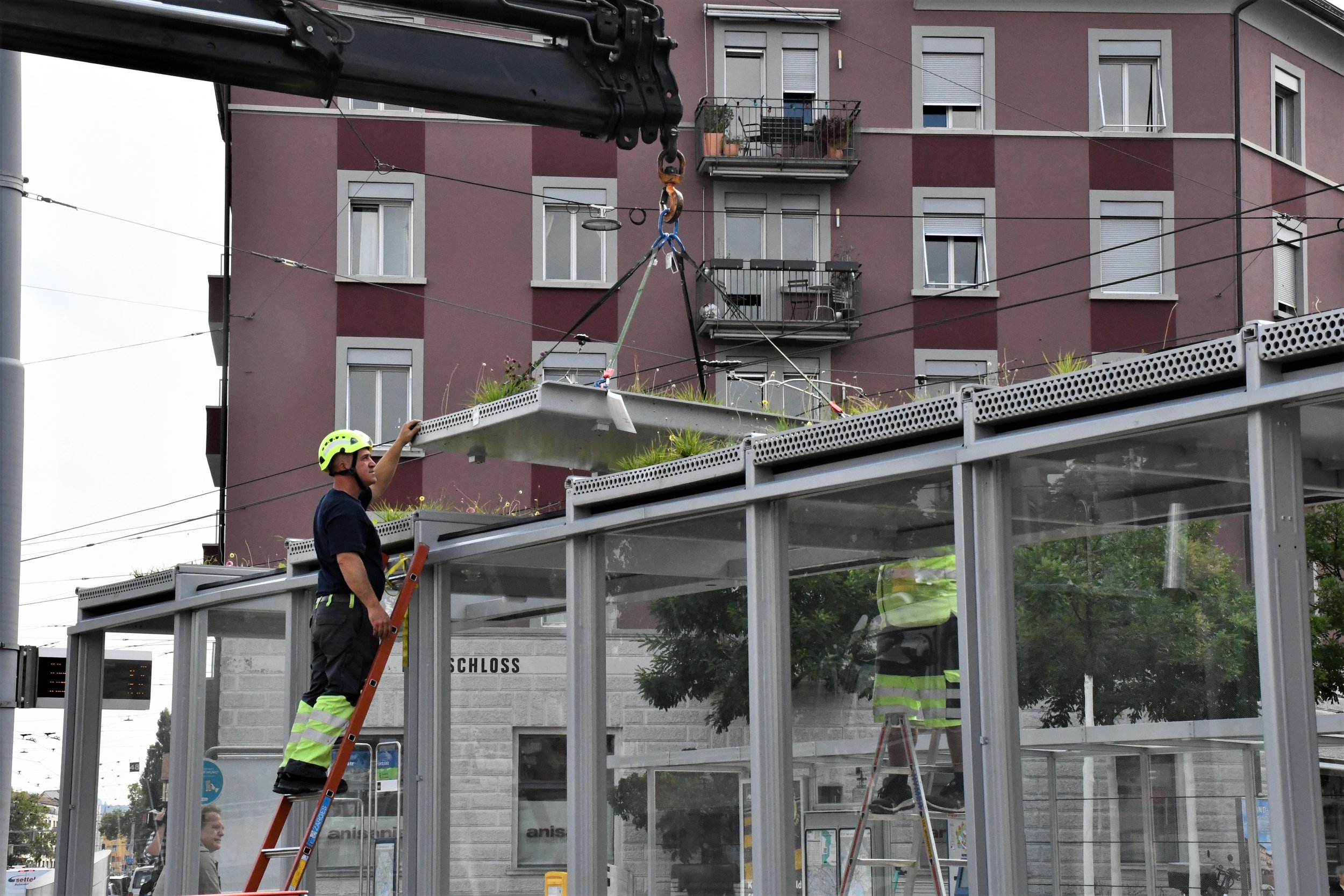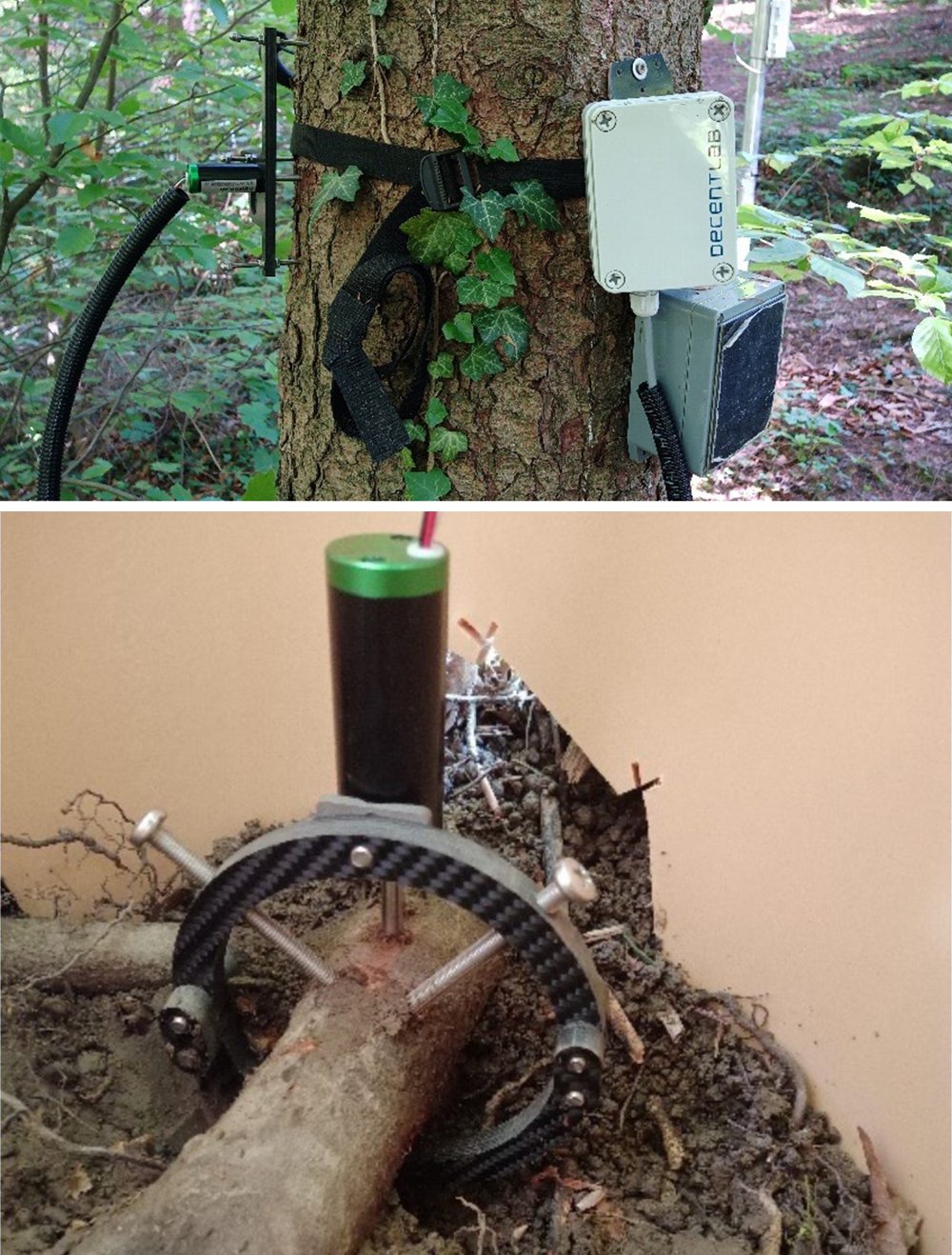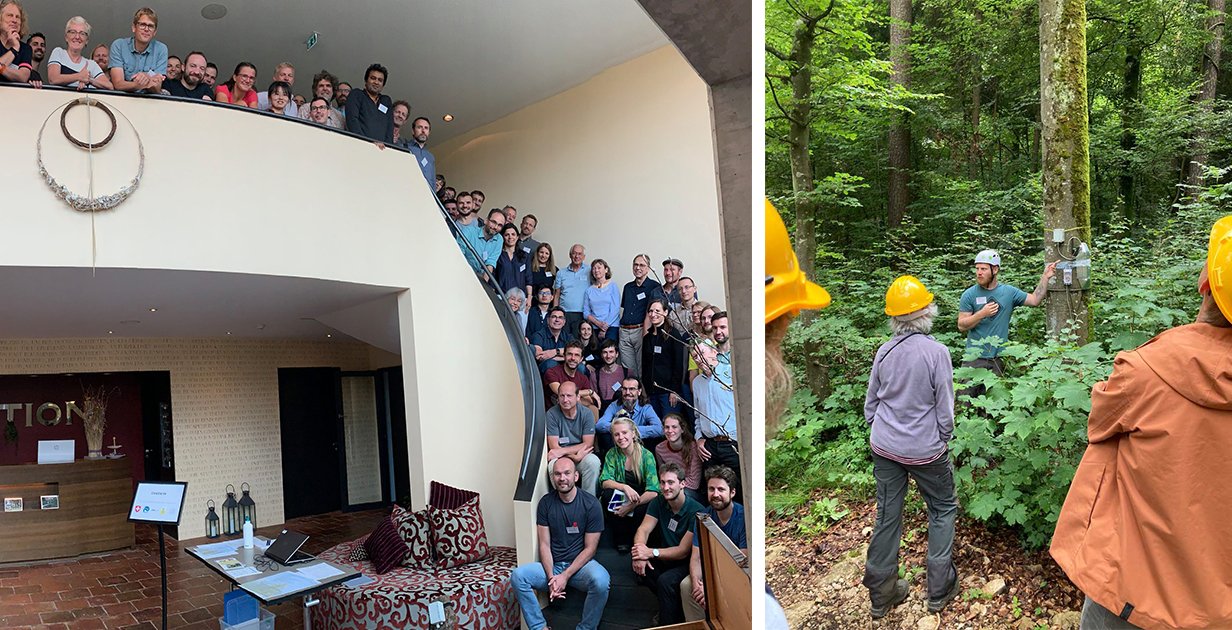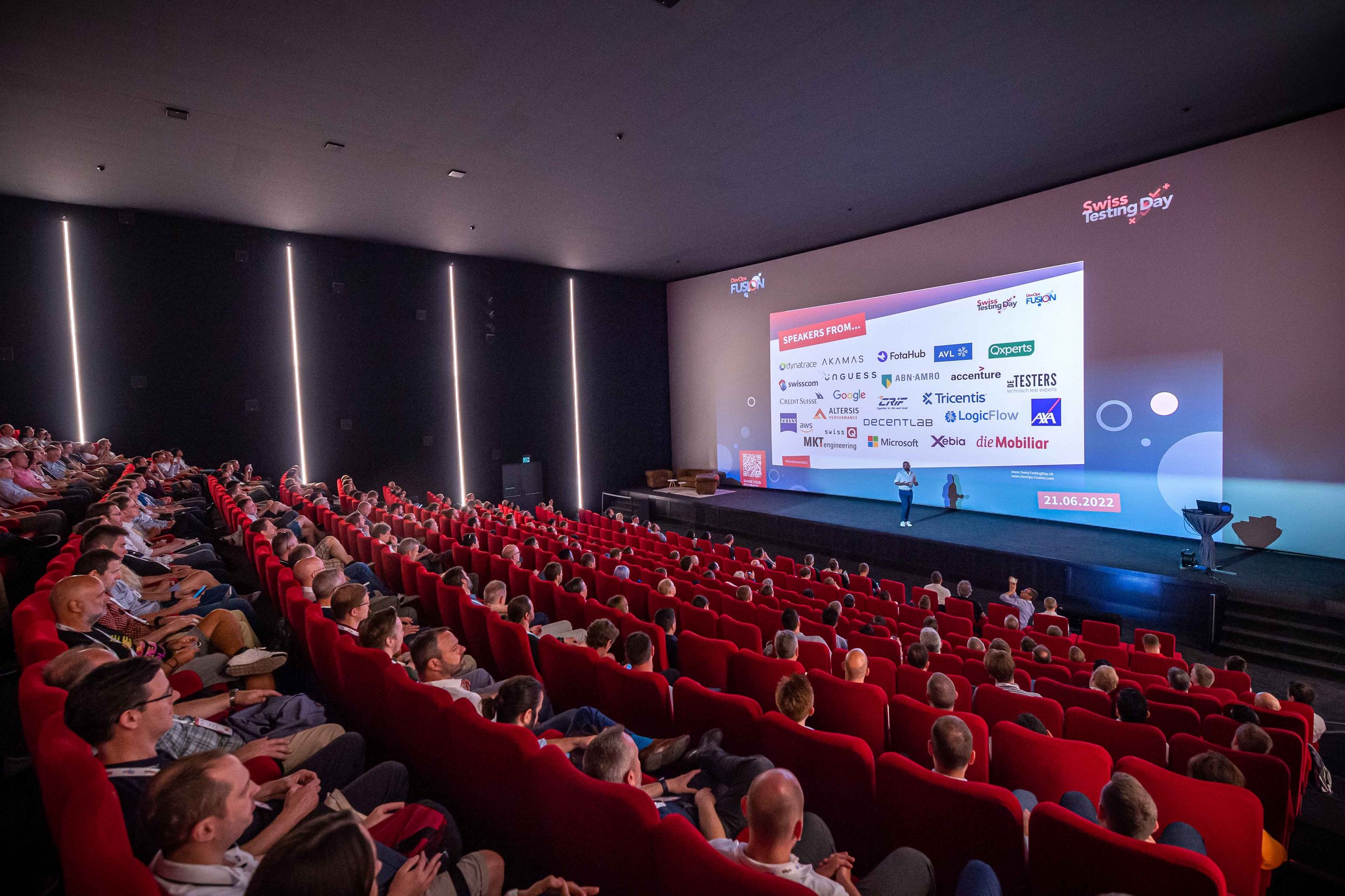Cold air pools
/The lowest minimum temperatures in Switzerland do not occur on the highest peaks of the Alps but in cold air pools.
Kaltluftseen.ch recently installed a new measuring station in the Sägistal, so this location is now on Switzerland's meteorological/climatological map. It is a 46 m deep closed sink with a Sky View Factor >0.9, which is the most relevant parameter for the potential of cold air pools. The lowest point at Sägistalsee is at ~1937 m.
As soon as the lake is covered with snow and ice, spectacularly lowest temperatures can be measured here. Just yesterday, a minimum of -20.2 °C was recorded here, the lowest value recorded in the current winter half-year 2022/23 in Switzerland. Measurements are taken with a Decentlab sensor DL-SHT35-002.
Thanks to Kaltluftseen.ch for the great work and the cooperation.
Read more



